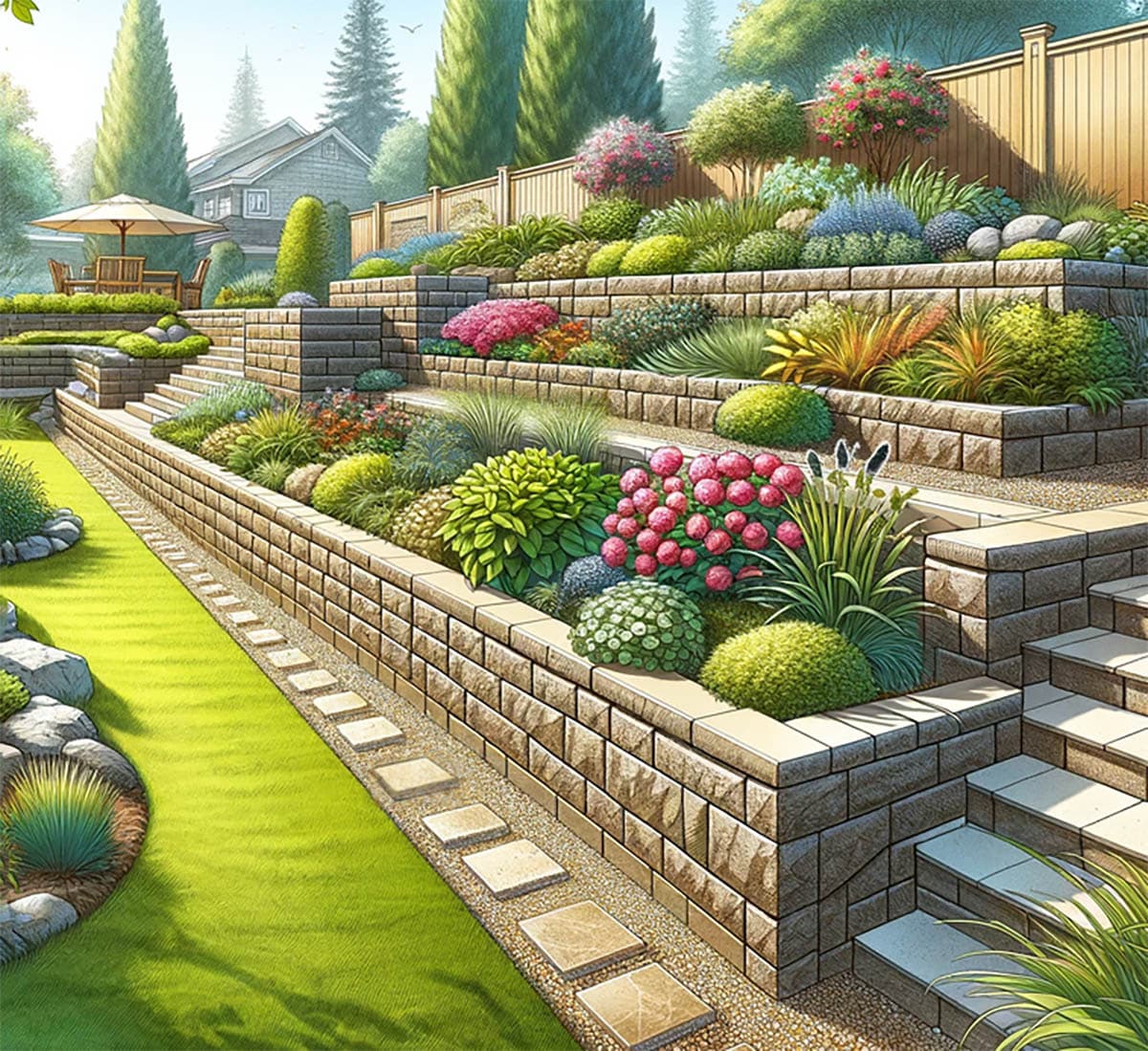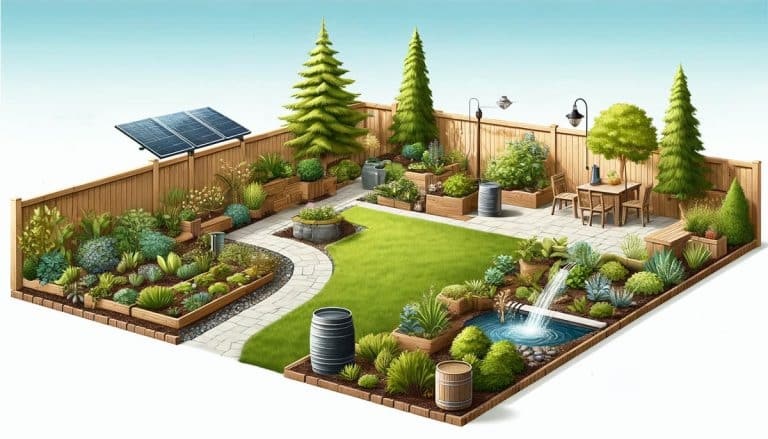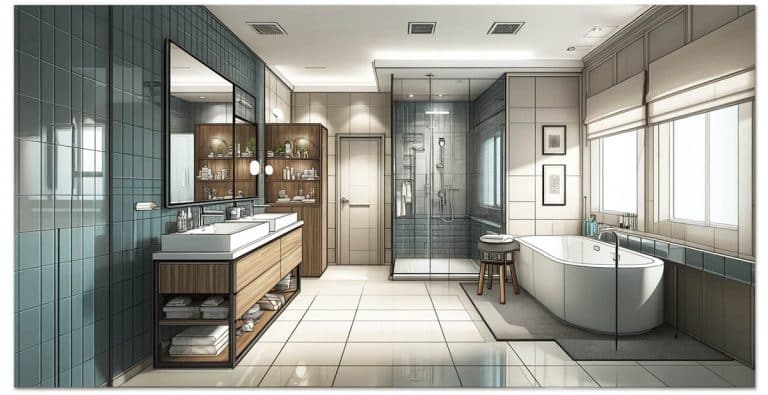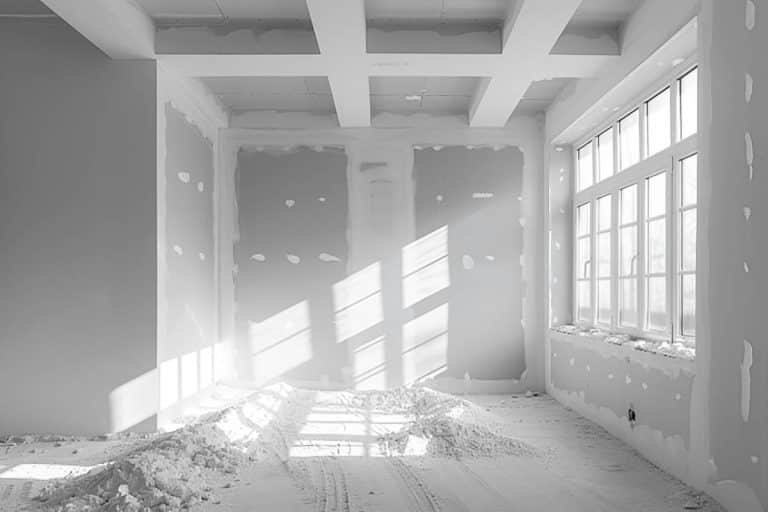Estimate Your Materials: Retaining Wall Block Calculator
Have dreams of adding a professionally-built wall to your yard, but daunted by estimating all the needed materials? Our handy retaining wall block calculator takes the guesswork out and makes it easy. Just plug in a few details, and voila – you’ll get a materials list catered to your special project.
Enhanced Retaining Wall Block Calculator
Results
Blocks Required:
Backfill Volume:
Gravel Base Volume:
Total Weight:
Estimated Cost:
How To Use The Wall Calculator
To get started, think about the wall layout. Grab a tape measure and note the length across the base where you want your new retaining wall built. Next, check the height where the ground level changes and you need the wall to hold back the slope.
Got your dimensions? Great! Now imagine the beautiful blocks stacking up, keeping the landscape you want safely in place. What size and style blocks appeal to your vision? Standard blocks are economical, readily available, and make sturdy walls. Don’t see the block sizes you want to use? Enter custom measurements to match a style you don’t see listed.
What about a gravel base? This offers extra stability and drainage, important for healthy plants. Just check the box to have the calculator estimate how much you’ll need.
When you’ve put in the details, get excited as you click Calculate! Numbers will magically appear, summarizing everything required for your unique retaining wall. It even estimates the total investment if you shared how much those gorgeous blocks cost.
Once you’ve purchased the supplies you need the best part comes next -breaking ground on bringing your new retaining wall to life! With the foundation designed just for your project, you can build with confidence, save money on materials, and soon admire an attractive, functional structure enhancing your outdoor space.

Cost Saving Tips For Installing Walls
When it comes to materials, concrete blocks often provide the most durability for the cost. You can also find nice aesthetics at reasonable prices with brick or natural stone. Just be sure to order 10% extra to account for any cutting or mistakes. Choosing local fill materials like crushed stone is an easy place to save, too.
You can occasionally find deals on Facebook Marketplace, Craigslist or Nextdoor for building materials that a homeowner no longer needs. You can often pick these up at a substantial discount from paying retail prices. In addition, may people offer free gravel that make work for your base material needs. You can also offset some costs by keeping an eye out for recycled building materials or cheaper alternatives like timber or gabion. Bulk purchases paired with seasonal sales and discounts will help lighten the financial load as well.
Getting your measurements precisely right from the start goes a long way toward sticking to your budget. Use an online Retaining Wall Block Calculator to calculate exactly how many blocks and what dimensions you need so you don’t overspend. Mark the area thoroughly so you have an accurate guide for installation.
Installing the wall yourself rather than hiring a professional is the most direct route to cost savings, provided you’re able to put in the sweat equity. If you need to hire out due to complexity or codes, get quotes from multiple companies before deciding.
One area you don’t want to skimp on is your foundation and drainage. Invest in a high-quality gravel base and take care to install adequate drainage. Cutting corners here often leads to issues like wall failure down the road.
Be sure to look into local requirements for permits or professional oversight, especially for taller walls. These are generally over 4 ft high, but double check with your local city council. Getting snagged for non-compliance can really ruin your budget. Consulting a landscape architect first allows you to incorporate any needed elements right from the start.
And don’t forget the longer term—building something durable from quality components is cheaper over time. Regular maintenance also prevents expensive repairs.






